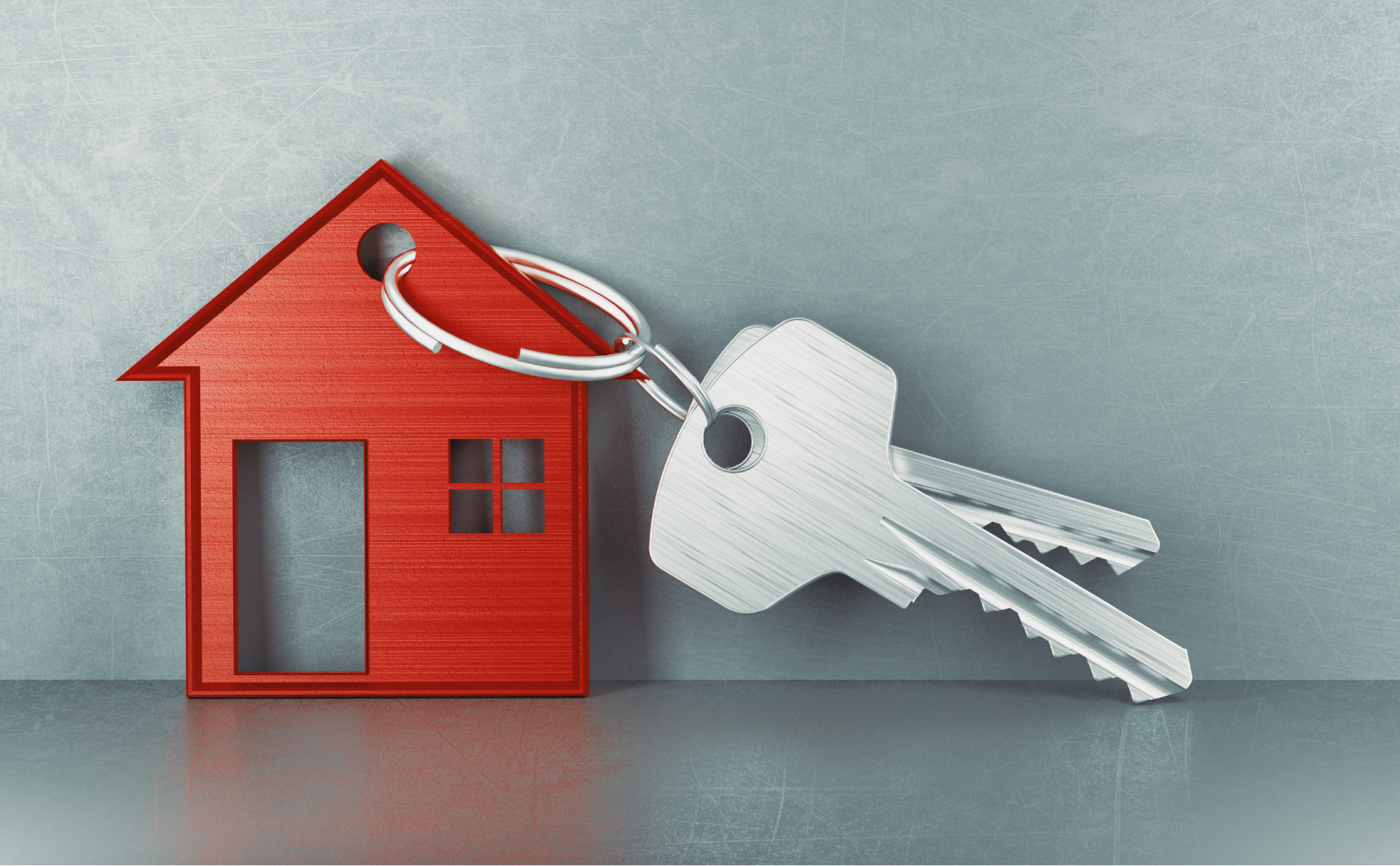Every home buyer, new or old, need the services of a professional conveyancer or solicitor for conveyancing. The conveyancing process involves the seller formally handing the property to the buyer. Before you set the process in motion, you should understand that a conveyancer spares you the rigours of having to do it all by yourself. Now, you have a professional who handles everything on your behalf.
Moreover, since the properties are different, you can also expect that some differences would exist from one conveyancing to another. But general principles still apply to carrying out conveyancing in the modern real estate market. This article analyses what you need to know about conveyancing step-by-step.
Step 1 – Choose your conveyancer
Now that you have decided to do conveyancing, you must choose a conveyancer carefully. A professional conveyancer. How do you find one, or what should you look for in a conveyancer? When choosing a conveyancer, choosing one from the same area where the property you intend to buy is located is usually better. The reason is that conveyancing is also about abiding by the local laws and regulations surrounding conveyancing in that state or province. Learn more about conveyancers rules of professional conduct.

When you finally pick a conveyancer, negotiate the cost and the payment plan. If you need to pay an upfront amount, pay it to initiate the contract. Remember to sign a formal contract with the conveyancer to make the agreement legal. When all that is completed and both parties have kept copies of the agreement, their work may begin.
Step 2 – Search for Property
The next step in conveyancing is to do the actual search for the property you want. Also, the searches may need to be the exact spec that you desire to buy, while the surrounding area may also align with the following guide:
- You can choose local authority searches that relate to the planning and road layout.
- Ensure that the search is the best in terms of the water supply and the sewage system.
- Regarding the searches, you may also want to consider environmental factors such as susceptibility to flooding, contamination or landslides.
A professional conveyancer should have all this information to help you make the right decision. Then, you can review the options and pick which works best for you. And if there is any problem with the property, then conveyancing becomes easier with the outlined steps. Click here for how to become a conveyancer.
Step 3 – Instruct your Conveyancing Solicitor
After you find the property you want, the next thing is to agree on the price you are ready to pay the seller. Then, it’s essential to tell the conveyancing solicitor or professional conveyancer to help initiate the process. The legal backing of the procedure is critical from the start. On the one hand, the estate agent on both sides, the buyer and seller, can exchange their details.
Another essential activity with this is the involvement of many documents for the seller to complete the deal. On the other hand, the buyer also must have an understanding. Similarly, some properties in some estates may require a pass ID and some anti-money laundering checks. Again, the conveyancer of your choice may need to organize all these choices and decisions before you can proceed accordingly.
While preparing the document, the property must contain important information, including planning permission. Other features include warranties, guarantees, and boundary disputes. Some posters may also include a list of items that are part of the sale of the property, including window blinds, carpets and furniture. He also delivers a contract pack that contains the title deeds that indicate the ownership type that pertains to the property.

Step 4: Exchanging the Contracts between the two parties
When all the terms align, and you have seen the prepared contract, it is time to exchange the contracts and conclude. Conveyancing works best when you have the right professional in charge of the affairs of buying a home. It also includes removing outdated paperwork and making the home sale official. After the buyer and the seller sign the contracts, both seller and buyer have the legal responsibility to sell or buy the property respectively.
On the other hand, the conveyancer may discover some inconsistencies with the document. In that case, he has to resolve these issues and ensure the property is fit for payment and transfer. The professional must be ready to conduct a final check on the property, such as the land register. In the end, there shouldn’t be any contract issues left by the time it is ready to sign. Sometimes, there may not be any more changes after the initial searches.
When you get all the paperwork ready from the seller’s conveyancer, you also need to analyze the result of your search to get the best offer. You can now exchange your contract offer, which legally binds you to complete the actual purchase, when you finish signing the complete property statement, including the transfer deed, mortgage deed and other documents. After this exchange, you have the legal obligation to buy the property.
Step 5: Complete the Purchase
You have entered the last stage of the conveyancing process buildup, which can be completed in the following few weeks. Signing the exchange contracts signifies that you can close the whole deal on the same day. Also, the professional solicitor or conveyancer at that point will be able to draw up the needed funds from the mortgage.
The implication is that they can also get the money from the lender and transfer it to the seller. You should also verify the payment of the remaining property sale fees. When the process is complete, you can confidently get the keys from the buyer and move into your new home.
Conclusion
Finally, everyone who can afford a property will be willing to spare what it takes for successful conveyancing. Otherwise, the property purchase process can be very arduous and complex. Alleviating this process requires that you pay attention to conveyancing and work with a professional to achieve success.
More to read: 5 Habits of Highly-Effective Insolvency Lawyers











